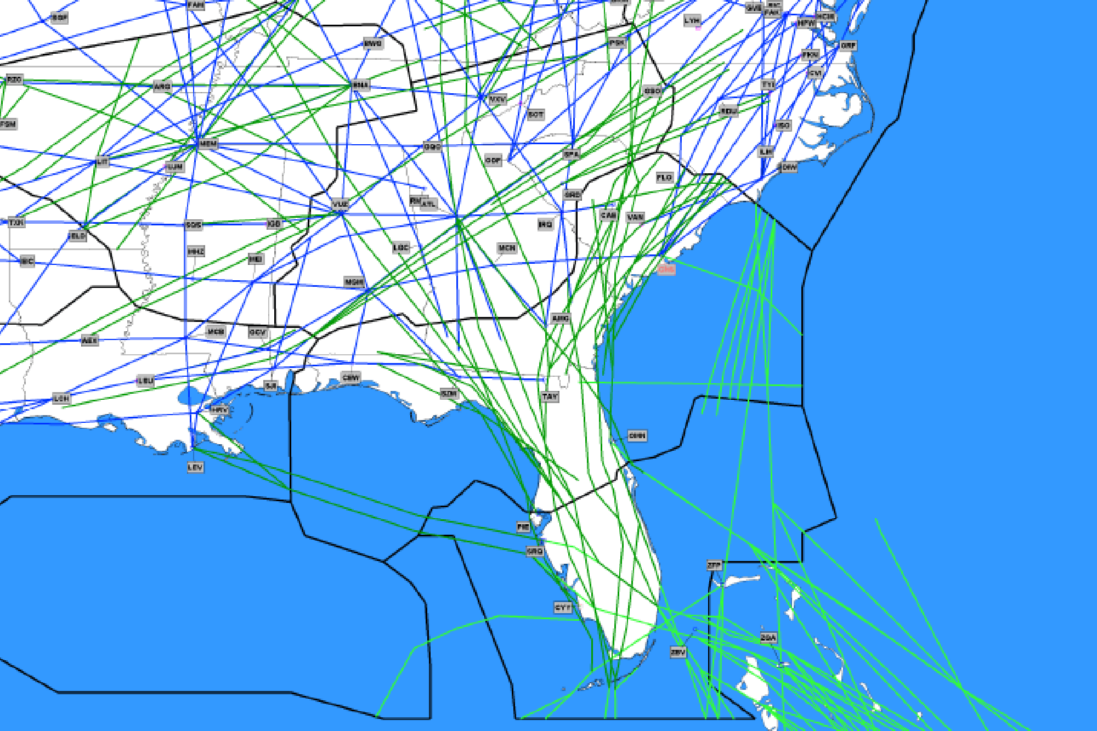
Updated March 11, 2021
In the works for several years, a major update to the Northeast Corridor Atlantic Coast Routes (NEC ACR) meant to relieve delays is now experiencing delays of its own – due to COVID-19. Originally targeted for completion in November 2020, much of the airspace project has been tentatively pushed into 2021, and possibly later.
The continued uncertainty brought on by the pandemic is affecting training and implementation for the optimization of airspace along the Eastern seaboard. The project is led by the FAA, and supported by NBAA, the National Air Traffic Controllers Association (NATCA) and other groups.
“The NEC ACR project had to delay the majority of its implementation due to the ongoing COVID-19 pandemic,” said NATCA’s Joey Tinsley, co-lead of Performance Based Navigation (PBN) for the Eastern service area. “A majority of the NEC ACR Project requires face-to-face training, which is not possible to accomplish under the COVID-19 pandemic conditions.”
Tinsley noted there are still some routes and procedures that can be implemented in the near-term, since they require minimal training. “These include the KRDU departure and arrival procedures,” he said. “In addition, there are eight Q-Route publications, 11 J-Route removals, and a few STARs that will be published on their original schedule. However, the remainder of the project will be implemented in the fall of 2021.”
Once the optimization project is fully implemented, it will benefit business aviation operators. For example, the creation of a ZDC Ultra-high Sector 30 over Washington, DC will improve airspace efficiency. Ernie Stellings, NBAA Air Traffic Services senior manager, explained that this new ultra-high sector will eliminate some of the delays and excessive routing operators currently experience up and down the Atlantic coast. This change is slated for April 22, 2021.
“NBAA has identified that when many operators are heading south to Florida, they often get routed over Ohio, which, of course, causes a big fuel penalty,” said Stellings. “By having this super ultra-high sector in the DC area, operators that fly above FL400 will be able to take advantage of more optimal routings. Because of the uncertainty of COVID-19, all the major updates to the NEC ACR are a moving target, and NBAA is hopeful that if we get the pandemic under control, we may see implementation pick back up sooner.”
The NEC ACR optimization project involves 39 new/amended Q Routes and Y Routes to replace the north-south high-altitude route structure along the East Coast through a transition to a PBN-Centric NAS, decreasing reliance on ground-based navaids.


 International Business Aviation Council Ltd.
International Business Aviation Council Ltd.